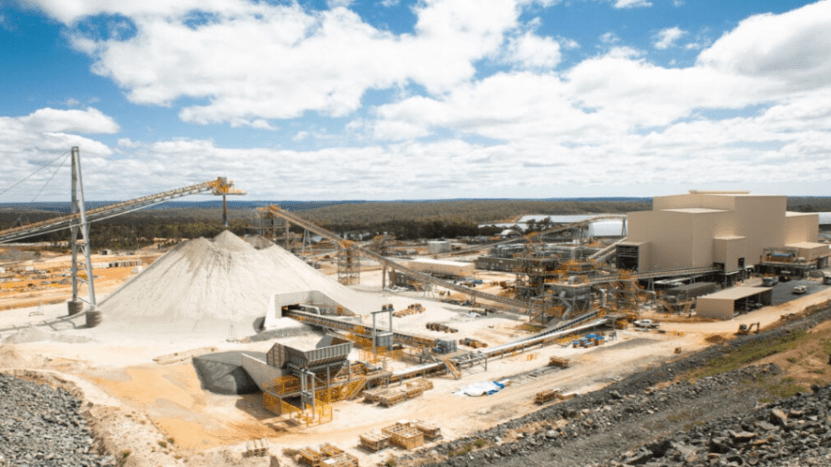...is demand for EV not slowing, at least in US and EU? And China too, if it wasn't then the Chinese EV makers would not have to slash prices to sustain growth.
An Overview of the Lithium Market – Why Prices Needed to Fall
Written by
Daniel Ortisi
Equities Analyst
Feb 20th, 2024
Much has been said about the rapid rise and fall of lithium. It was the hottest sector on the Aussie market from 2020 to the peak in November 2022, driven by an incredible 600% increase in lithium prices. We saw developers such as Liontown Resources (#LTR) go from a penny dreadful 10c stock to one of the largest takeover stories for a pre-production mining company in years, at an eye-watering $6.6 billion valuation (which was torn apart by Gina Rinehart). The country’s largest hard rock lithium mine, Greenbushes, made (almost) the same profit as Commonwealth Bank (#CBA) in FY23 at over $10 billion. One operating asset making more money than a nearly $200 billion behemoth bank is truly incredible.
The Cyclicality of Commodities
But as quickly as commodity prices rise in times of mania, they fall in times of desperation. The response by mining companies was to increase output as quickly as possible to take advantage of mania prices, no matter the cost. Analysts at Wood Mackenzie suggest that the supply grew 45% in 2023, putting the market into surplus. It gets bleaker once you look at the supply forecasts produced by the investment banks. Goldman Sachs believes the lithium market will be in surplus until 2030. If true, we cannot expect lithium prices to rise above current levels. However, we should consider that mining and mineral extraction is a tough business and relies on variable factors such as:
In my view, it would be almost impossible to generate the level of anticipated supply growth as the forecasts suggest over the next 5 years, particularly in geographic locations that may lack the required level of infrastructure (Africa, South America) or lack geologically gifted orebodies (China lepidolite). Therefore, if demand continues to rise and prices do not appreciate meaningfully, the industry will not experience anywhere near the anticipated supply growth. Hence, the cure for high prices has been high prices, and the cure for low prices in time will be low prices. This may spark a commodity price rally sometime within the next 12 months, so long as the demand for lithium ion batteries continues to grow.
- The ability to obtain project finance (take a look at Liontown’s recent updates)
- Government and ministerial permitting, approvals and regulations (~5 years in Aus, ~10 in Canada)
- Ability to mobilise large machinery and equipment (constrained by availability and cost)
- Sufficiently trained workforce; and
- Infrastructure is needed to transport material from the mine site to the end customer (spodumene is a bulk material).
The risk to this thesis is that:
- The supply of lithium remains robust and ahead of demand.
- Demand for electric vehicles slows and remains in line with lower supply estimates or
- The lithium-ion battery chemistry is displaced by new technologies such as sodium. It is a genuine possibility and something to follow closely.
- Forums
- ASX - General
- EV/Lithium
...is demand for EV not slowing, at least in US and EU? And...
- There are more pages in this discussion • 155 more messages in this thread...
You’re viewing a single post only. To view the entire thread just sign in or Join Now (FREE)











